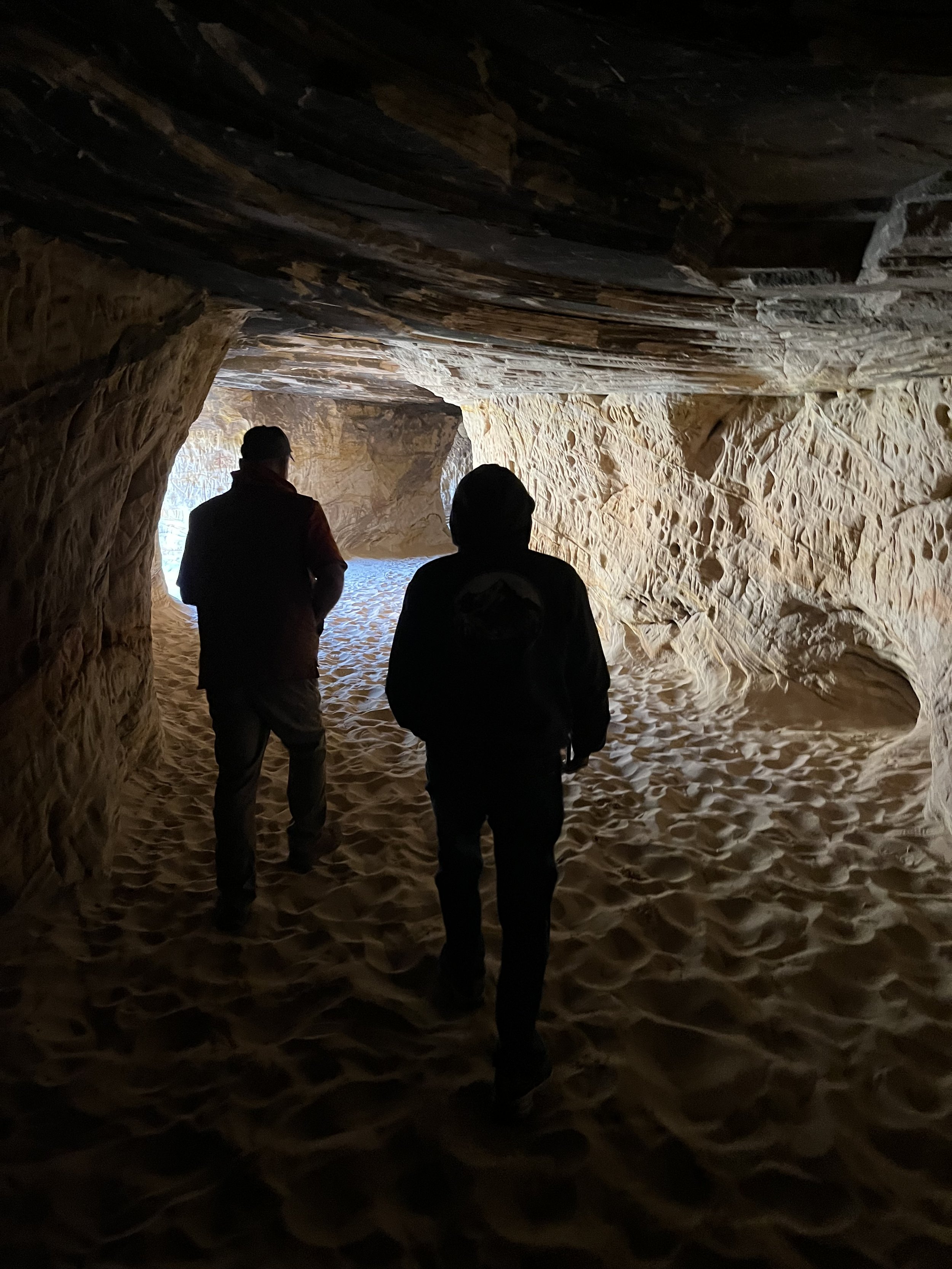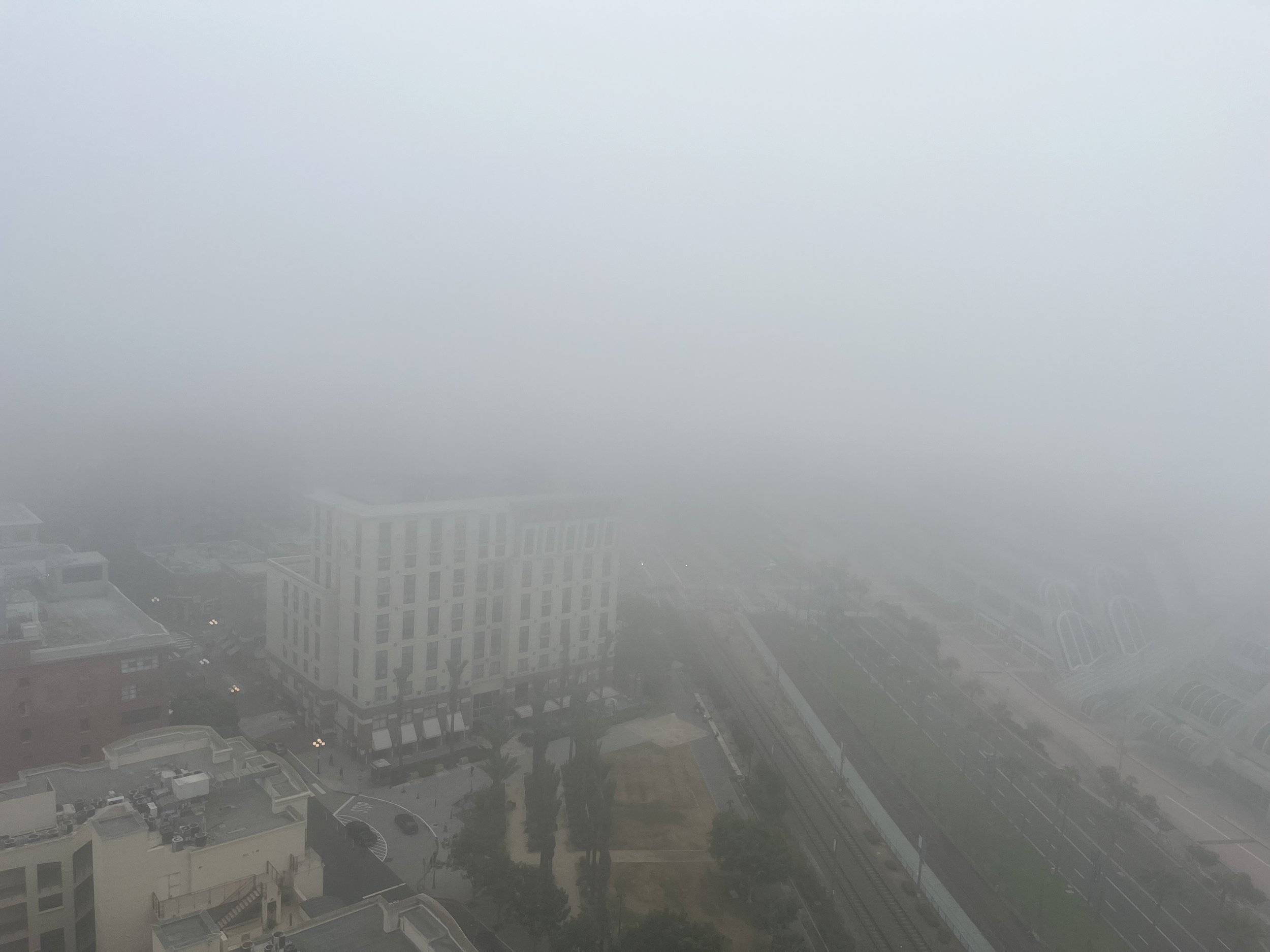Principle 1 - Protect your sleep
Of the three pillars to health (sleep, nutrition and exercise), by far the most important one is sleep. If you don’t protect your sleep, it will be very difficult to pay attention to your dreams.
Protect Your Sleep
DreamWork begins in the dark—not just the symbolic dark of the unconscious, but the literal, biological dark of nighttime rest. If dreams are the language of the inner self, then sleep is the sacred space in which that language is spoken. Protecting your sleep is the first, most practical, and most essential step in DreamWork. It is also one of the most powerful health interventions you can make.
The Three Pillars of Health
In modern wellness discourse, three foundational pillars of health are widely recognized: nutrition, exercise, and sleep. While all three are essential, sleep stands out as the most important—and yet it is often the most neglected.
You can eat a perfect diet and maintain a consistent exercise routine, but if your sleep is broken or insufficient, the benefits of the other two pillars are greatly diminished. Sleep is not just another component of health—it is the platform on which all other health rests. Without sleep, the body cannot repair, the brain cannot reset, and the emotions cannot stabilize.
The Evidence Is Clear
Sleep research has uncovered powerful correlations between quality sleep and several key health outcomes:
Increased life longevity: Sleep is a predictor of lifespan. People who routinely get less than six hours of sleep per night are at a significantly higher risk for premature death.
Reduced anxiety and depression: REM sleep plays a major role in emotional processing. Regular, deep sleep reduces anxiety levels and enhances mood regulation.
Reduced cardiovascular inflammation: Sleep is anti-inflammatory. Chronic sleep deprivation is associated with increased markers of inflammation, especially in the cardiovascular system.
Improved cognitive function: Memory, learning, creativity, attention span, and decision-making all depend on adequate sleep. In fact, sleep is essential for consolidating memory and integrating emotional experiences.
The effects are so clear that even minor shifts in sleep can be measured at a population level.
A Natural Experiment: Daylight Savings Time
One of the most compelling illustrations of sleep’s importance comes from a biannual event: Daylight Savings Time. Every spring and fall, we collectively alter our clocks by just one hour. The effects are dramatic.
In the spring, when we lose an hour of sleep, studies show a significant spike in traffic accidents and heart attacks the following day.
In the fall, when we gain an hour of sleep, there is a corresponding drop in both auto accidents and cardiovascular events.
This is the largest annual “experiment” in sleep deprivation—and the data makes clear just how fragile and essential our relationship with sleep truly is.
The Architecture of Sleep: Five Cycles
Understanding the structure of sleep is key to appreciating its depth and necessity. In a typical night, a healthy adult goes through five complete sleep cycles, each lasting approximately 90 minutes.
Each cycle moves through several stages:
Wakefulness (brief or extended)
Light sleep (Stage 1 and 2): The transition phase where body temperature drops and heart rate slows.
Deep sleep (Stage 3): This is the most restorative stage, critical for physical repair and immune function.
REM sleep: The dreaming phase, where brain activity becomes more similar to wakefulness, breathing becomes irregular, and the mind engages in emotional processing and memory consolidation.
These cycles repeat across the night, with deep sleep dominating the first third of the night and REM sleep increasing in length and frequency in the final third. This is why cutting your sleep short—especially in the early morning—robs you disproportionately of dream time and emotional processing.
Each stage of sleep has a unique pattern of brainwave activity, measurable through EEG technology. This pattern reflects the brain’s engagement in distinct forms of work: body restoration, emotional regulation, and meaning-making. DreamWork, therefore, is not just metaphorical—it is neurobiological.
Guided by Rhythm and Chemistry
Our sleep cycle is governed by two critical biological systems:
The circadian rhythm, which is aligned with the 24-hour day/night cycle and is influenced by light exposure. This rhythm is like a master clock in the brain, regulating alertness, body temperature, and hormone production.
The sleep-wake homeostat, regulated by the gradual buildup of a chemical called adenosine. As we stay awake longer, adenosine accumulates, increasing the pressure to sleep.
Melatonin, often called the “darkness hormone,” is released as daylight fades, signaling to the body that it’s time to wind down. But artificial light—especially the blue light from screens—suppresses melatonin, confusing the body’s natural signals.
The Effects of Caffeine
Caffeine works by blocking adenosine receptors in the brain. This interrupts the natural buildup of sleep pressure and can delay sleep onset and reduce sleep quality—particularly REM sleep—even when consumed several hours before bedtime. It’s important to be mindful of caffeine’s long half-life and its hidden presence in sodas, teas, chocolate, and medications.
You Can’t Make It Up
Contrary to popular belief, lost sleep cannot be fully recovered. While your body will attempt to prioritize deep and REM sleep when you finally rest after deprivation, the loss of cognitive performance, emotional regulation, and immune resilience during the deprivation period cannot be undone. Regular, consistent sleep is far more effective than occasional “catch-up” sleep.
Protecting Your Sleep for DreamWork
The implications for DreamWork are profound. Since REM sleep is heavily concentrated in the final cycles of the night, short or interrupted sleep significantly reduces your capacity for vivid dreams. That means a night of poor sleep is not just physically draining—it is a lost opportunity for inner insight, emotional recalibration, and personal growth.
To begin DreamWork is to begin by honoring sleep. This is not a sentimental practice—it is a radical act of self-care and a reclaiming of rhythm in a culture of constant stimulation.
Sleep Hygiene Practices
Here is a list of science-backed sleep hygiene practices to help protect and enhance your sleep:
Maintain a consistent sleep and wake schedule—even on weekends.
Create a relaxing bedtime routine: dim lights, gentle music, reading, or journaling.
Avoid screens and bright lights at least one hour before bed.
Limit caffeine, especially after mid-afternoon.
Avoid alcohol and large meals late in the evening.
Make your bedroom dark, cool, and quiet—a space dedicated to rest.
Get natural light in the morning, and limit artificial light at night.
Engage in regular physical activity, but not too close to bedtime.
Avoid napping late in the day.
Use your bed only for sleep and intimacy, not for work or entertainment.
Reclaiming the Sacred
Sleep is a physical necessity, an emotional stabilizer, and a spiritual gateway. Without it, our inner world goes silent. Our emotions become dysregulated. Our dreams fade into forgetfulness.
To engage in DreamWork is to protect your sleep with reverence. It is to recognize rest as sacred, to realign with your body’s rhythms, and to create space for the whisper of the unconscious to speak.
Sleep is not the absence of wakefulness. It is the presence of restoration, meaning, and guidance. It is where the journey inward begins.
References
Walker, M. (2017). Why We Sleep: Unlocking the Power of Sleep and Dreams. Scribner.
National Sleep Foundation. (2023). Sleep Health and Recommended Sleep Times. Retrieved from www.sleepfoundation.org
Centers for Disease Control and Prevention (CDC). (2022). Sleep and Chronic Disease. Retrieved from www.cdc.gov
Barnes, C. M., & Wagner, D. T. (2009). Changing to daylight saving time cuts into sleep and increases workplace injuries. Journal of Applied Psychology, 94(5), 1305–1317.
Harrison, Y. (2013). The impact of daylight saving time on sleep and related behaviours. Sleep Medicine Reviews, 17(4), 285–292.
Medic, G., Wille, M., & Hemels, M. E. H. (2017). Short- and long-term health consequences of sleep disruption. Nature and Science of Sleep, 9, 151–161.





